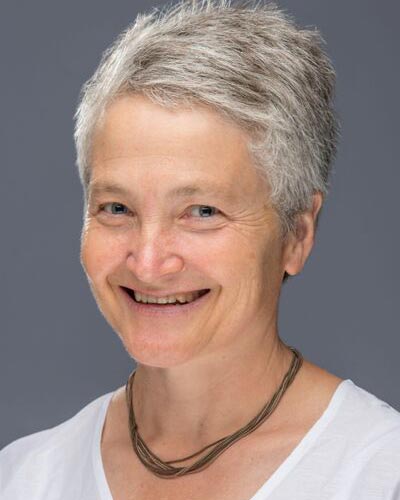
Anne Knowles (Professor of History and Geography, University of Maine)
December 15, 2020
The Holocaust was an intensely geographical phenomenon, as it displaced millions of people, created and destroyed thousands of places, rendered social space hostile—or deadly—and resulted in profound changes that reconfigured Europe and led to global diasporas. This webinar will explore the many geographical dimensions of Holocaust places, including concentration and labor camps and Jewish ghettos. We will also explore research and presentation techniques being used to incorporate survivors’ memories of Holocaust experiences into maps, spatial diagrams, and other data visualizations. Mapping the Holocaust is both a vital effort to tell a more integrated history of the Holocaust—placing people in the midst of life-changing events—and a means of telling stories of trauma and escape, hiding and vulnerability, loss and survival.
Subjects
History / Geography / The Holocaust / Maps / Digital Humanities / Storytelling / GIS /